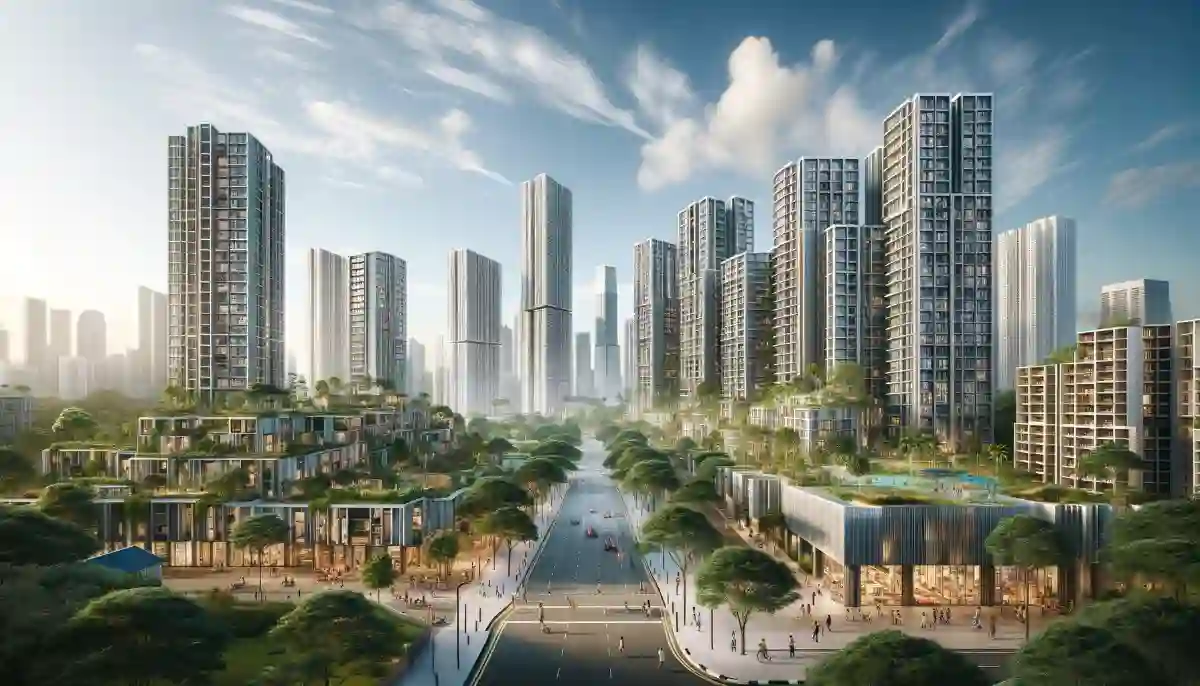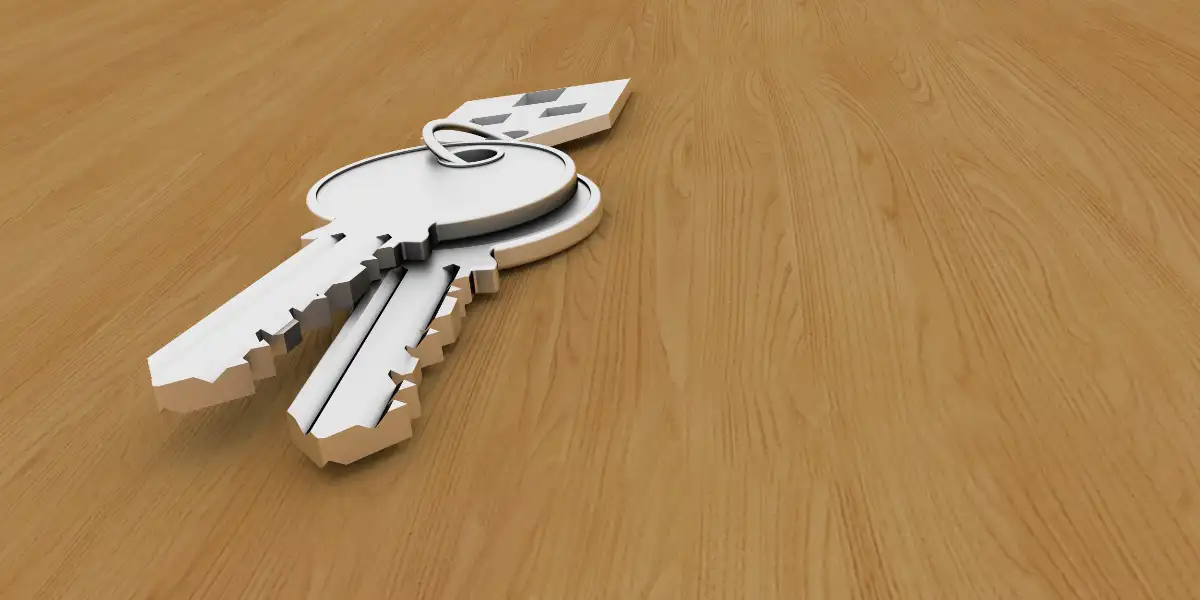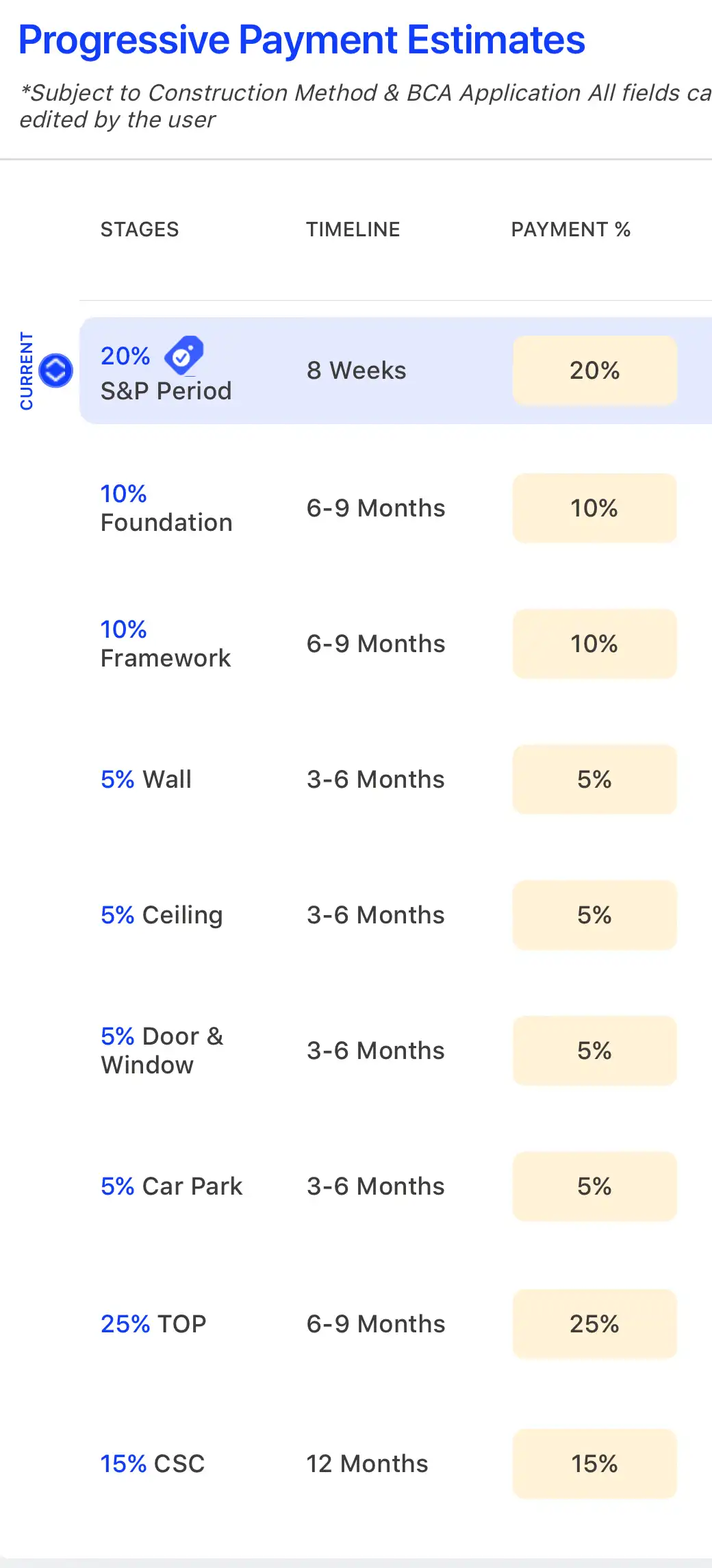Buying a Sub Sale Property in Singapore

There is suddenly a surge in buying interest for sub sale properties in Singapore. This is especially noticeable for properties that are close to the schools that parents are keen to get their children into.
In a nutshell, buying a sub sale property is very much the mix between buying a new launch property and a resale property. There are some subtle differences so do watch out for them.
As usual, you do have to make sure of your loan eligibility with the Singapore banks and securing your in-principle approval (IPA) to know how much you can borrow and how much monthly payments will be (in CPF and in cash). Of course, all these are irrelevant if you are super cash rich 😃
What is a sub sale property in Singapore
A sub-sale property refers to a property that is bought from another buyer rather than directly from the developer. Wait. Isn't this a resale property ? No.. for a sub-sale, this typically happens in the context of new launch condos developments that have been sold by developers but have not yet been completed (i.e., they haven't reached the Temporary Occupation Permit or TOP stage).
In such cases, the original buyer decides to sell the property to a new buyer before the project is fully completed and handed over by the developer.
Here’s a breakdown of key aspects of sub-sale properties:
- Under Construction: Sub-sale properties are often still under construction. The original buyers sell their contractual rights to the new buyers, who then assume all responsibilities and rights associated with the original purchase from the developer.
- Seller’s Stamp Duty (SSD): In markets like Singapore, sellers might need to hold the property for a minimum period (the famous three years SSD) to avoid the Seller’s Stamp Duty (SSD). If they sell the property within this period, they have to pay this duty, which can affect the cost and timing of a sub-sale transaction.
- No Physical Inspection: Since the property is not yet completed, buyers in a sub-sale transaction usually rely on project brochures, floor plans, and architectural models to make their purchase decision, rather than inspecting the actual property.
- Continued Progressive Payment Schedule: The new buyer in a sub-sale transaction takes over the progressive payment schedule that was originally agreed upon between the developer and the first buyer. This includes continuing to make progress payments as construction milestones are reached.
- Legal Transfers: The transfer of ownership in a sub-sale requires legal processes, including the amendment of the original sales agreement to reflect the change in ownership. This process typically involves lawyers and can include additional administrative fees.
Sub-sale properties can be an attractive option for those looking to invest in a new property that may appreciate by the time of completion. But yet be available for moving in relatively quickly too.
The timeline for buying a sub sale property
Let's talk about the usual general timeline for a sub sale property transaction.
Initially, you must locate the ideal property (use a portal such as New Launches Condo), which often hasn’t yet reached its TOP and is on the market because the sellers have completed their three-year Seller's Stamp Duty (SSD) period.
Unlike resale properties, where you can physically see and look at the resale property, sub sale properties are usually based on brochures and floor plans without the benefit of a showflat. Of course, you can still visit the site as the building can be almost ready 😄

Sometimes for small developments, it even be ready already as these developments take a shorter time to build ! In that case, you might even be able to look at the properties. Frequently I have clients who sell their TOP-already property once they receive the keys. Then you can really enjoy a completely new property and still see it for yourself.
No pineapple throwing yet :)
Once you find the dream home, you'll make an offer to the owners. You will pay an option fee of 1% of the purchase price—to secure an option to purchase (OTP) from the seller-owners. This option means that the seller cannot now sell the property to other interested buyers (similar to HDB option period).
The duration to exercise the option is generally agreed upon between both parties, often ranging from two to three weeks.
Exercising the option involves signing the OTP then paying an exercise fee, which is 4% of the purchase price. You have officially purchased the property !
You must now pay the Buyer's Stamp Duty and any Additional Buyer's Stamp Duty within two weeks from this date, based on the higher of the purchase price or market value. Remember you need to pay your stamp duties with cash first (just like a resale property) and "claim" it back from your CPF.
The completion phase for sub sale properties then takes about ten to twelve weeks from the exercise date. This is just slightly longer than a typical resale due to additional legal requirements, including the need for developers to issue a new Sale and Purchase Agreement. The property is not officially the seller-owners' yet so the developer need to legally issue you another purchase agreement to buy the "yet-to-be-completed" property.
At sub-sale completion, you then pay the remaining 20% for the property. This is because you already paid 5% before (1% at option, 4% at exercise). So that makes it a total of 25% as per the rules.
Welcome to your new home !

Progressive Payment Schedule Takes Over Now
Now that you have "completed" your purchase, the bank will take over the rest of the payment which means it will now follow the progressive payment schedule until the project's completion.
For example, let's say you are buying an already TOP property (but not yet reached the Certificate of Statutory Completion stage, hence that's why it is a sub-sale..).
Then the bank (or you, cash-rich man) will pay 65% of the remaining purchase price of the property. The monthly repayment to the bank will be based on the disbursed amount then.
The remaining last 15% will be paid to the developer (whom you have signed a new S&P with) when CSC has been issued. Then your monthly bank loan payment will increase again 😃

Buying a sub sale property essentially means acquiring a new property without the usual the construction period for a new condo. Yet you are getting a completely new condo too ! Very nice !
If you have any questions or need further assistance, feel to contact me !

Member discussion